Yesterday, a coalition of Illinois groups filed a Motion for Summary Disposition, asking that FERC deny GBE's request for amendment to the existing negotiated rate authority. The Illinois groups contend that when the project was sold, the negotiated rate authority issued to Clean Line expired because GBE did not get FERC approval for the sale.
In GBX’s view, the Commission has no jurisdiction over GBX’s activities until GBX hammers iron into the ground (GBX Limited Answer, pgs. 2-3); until that time, GBX is free to transfer that negotiated rate authority like a collectable baseball card. GBX’s logic makes a mockery of both the process by which the Commission determines whether an applicant should be granted negotiated rate authority and the Commission’s authority to review and approve sales, mergers and other transactions under FPA Section 203.
| 20231228-5092_motion_for_summary_disposition_final_public.pdf |
The Illinois groups make the case why GBE should have to get the sale of its project approved, not simply "amend" its existing authority without proper examination of changed circumstances.
When GBE filed for its NRA "amendment" in early October, it expected to sail through a mere rubber stamping of its request so it could have new authority granted by December 5. December 5 came, and December 5 went. FERC doesn't seem to be in any particular hurry to ink up its stamp, and now that there is considerable controversy in this case, FERC must spend more time figuring things out. GBE cannot advertise its capacity for sale, nor sign contracts to sell it, until it has FERC approval.
This must be extremely frustrating to Invenergy CEO Michael Polsky. In a recent interview on Bloomberg, Polsky lamented that "we don't hear much" from FERC on a number of open dockets. Isn't that a shame? FERC isn't dancing to Polsky's serenade. Also in this interview Polsky says that he thinks "the government" should pay for new transmission. Well, that would make things rather simple for GBE, wouldn't it? Then the merchant transmission project wouldn't need customers to fund it before it is built. In Polsky's world, anyone who wants to build a transmission project would simply shake the taxpayer piggy bank until enough money falls out. Perhaps that's the way things work in Ukraine, but that's not where Polsky is operating. He chose to come to this country and he must abide by our laws.
And while we're thinking about the elite Mr. Polsky, perhaps this article can also shed some light on how he makes money controlling energy policy?
Meanwhile, FERC continues to do "not much" on Invenergy's numerous open dockets, and Invenergy keeps filing stuff, like this recent complaint. It must be really frustrating not to have a federal regulatory agency under your super rich thumb.
P.S. Nice jacket! Where does he find them? Nightclub yard sale?
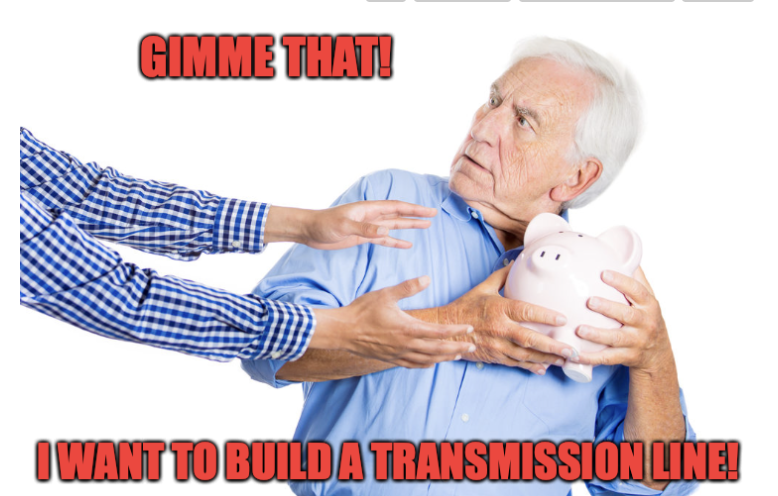
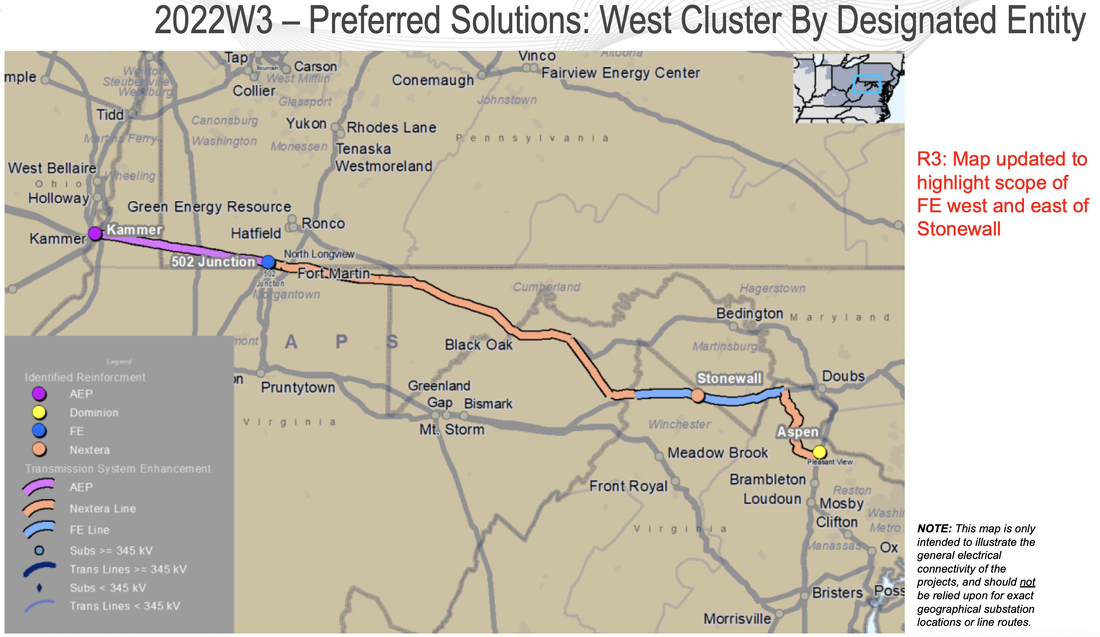
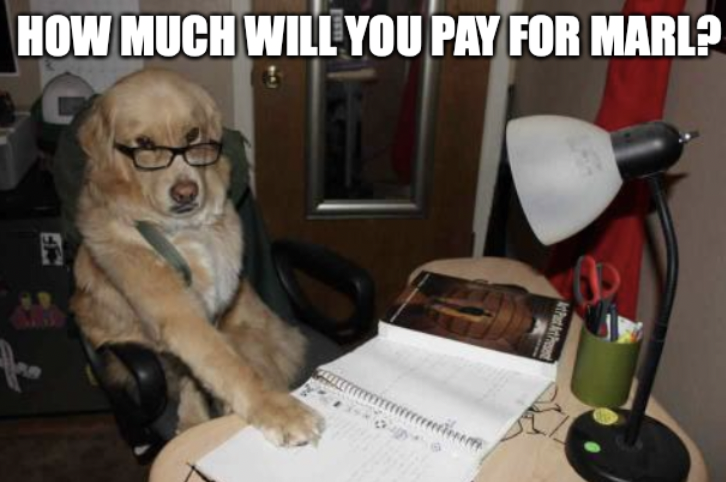

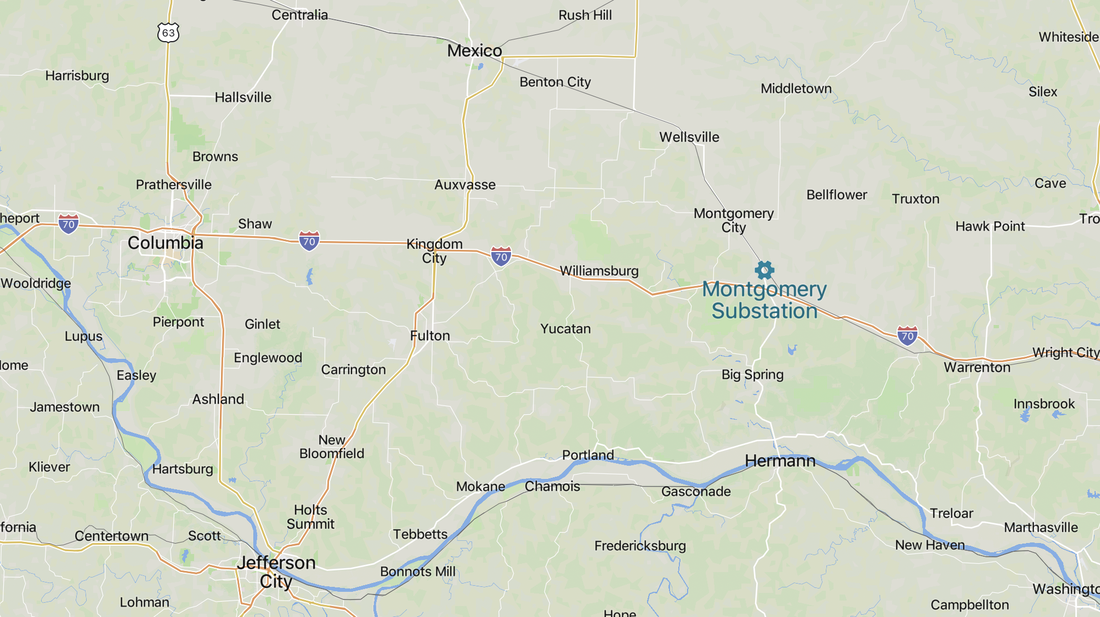
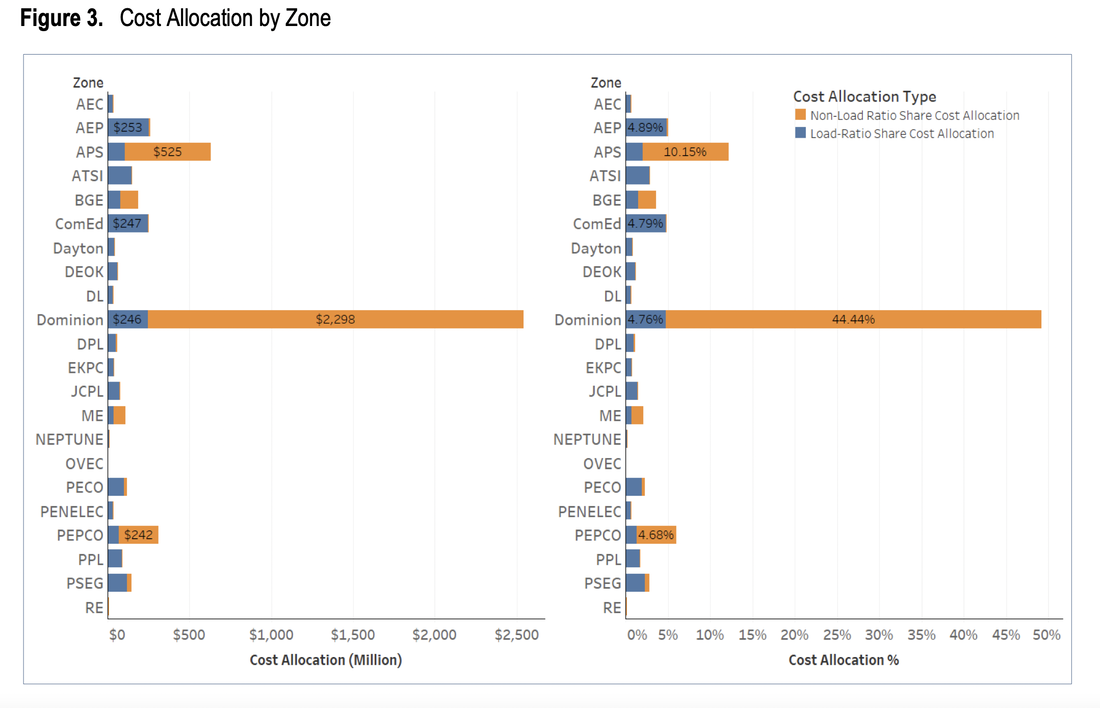
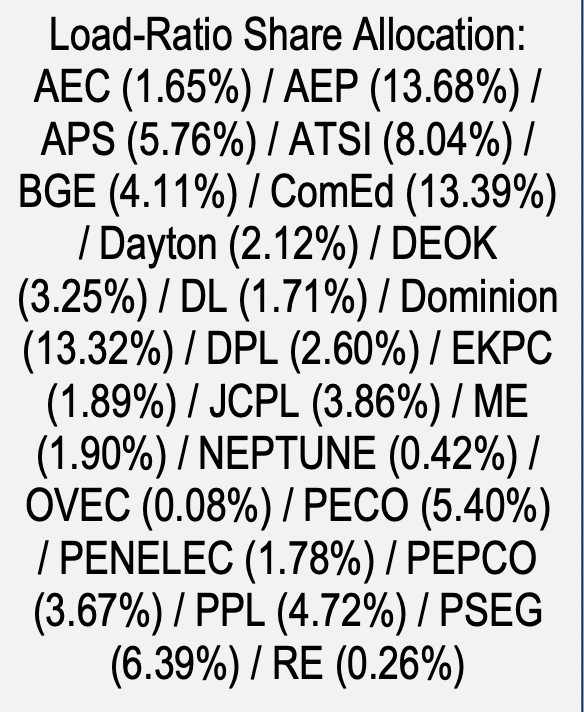
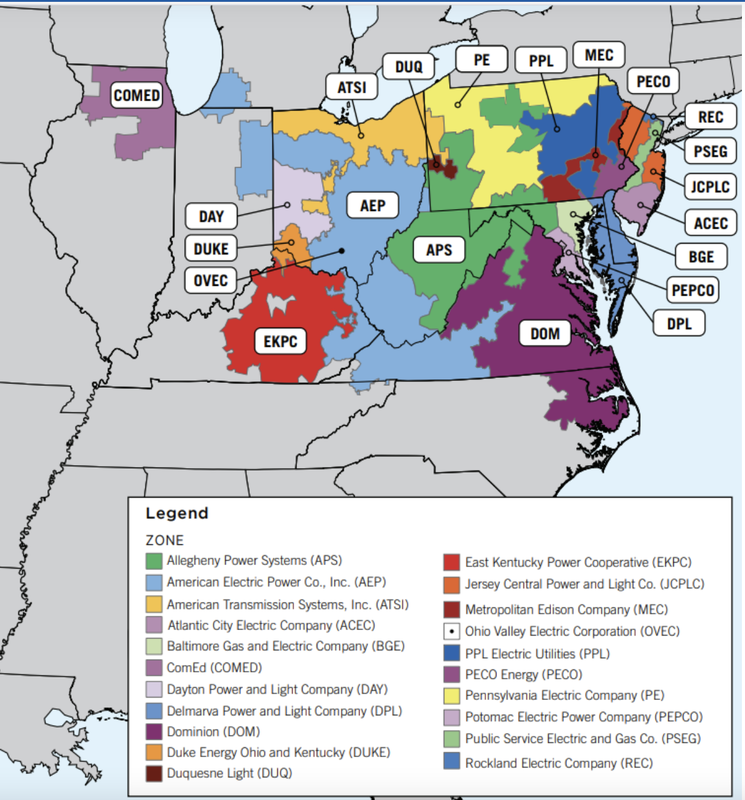


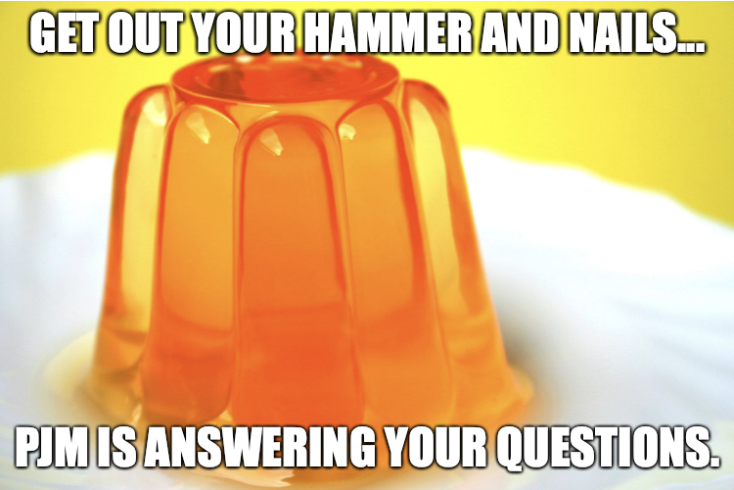

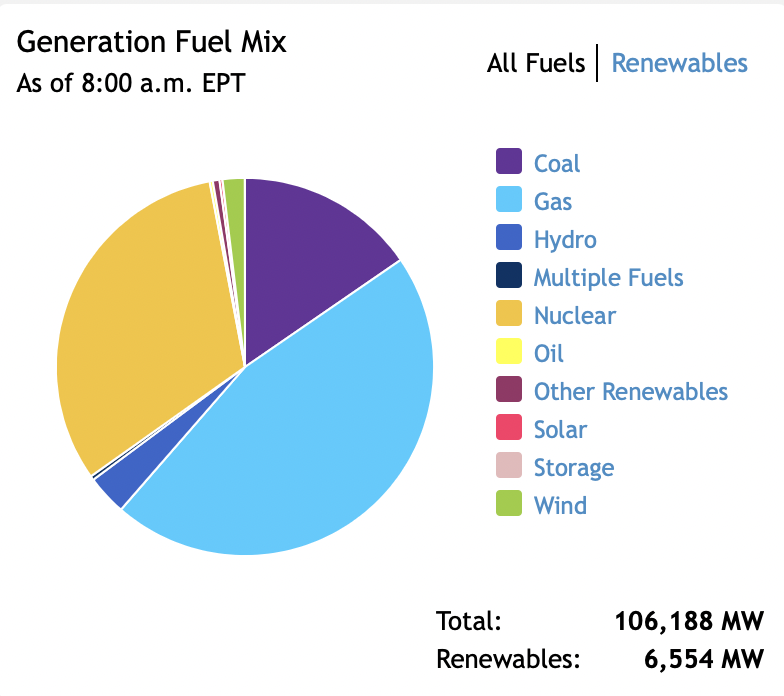
 RSS Feed
RSS Feed